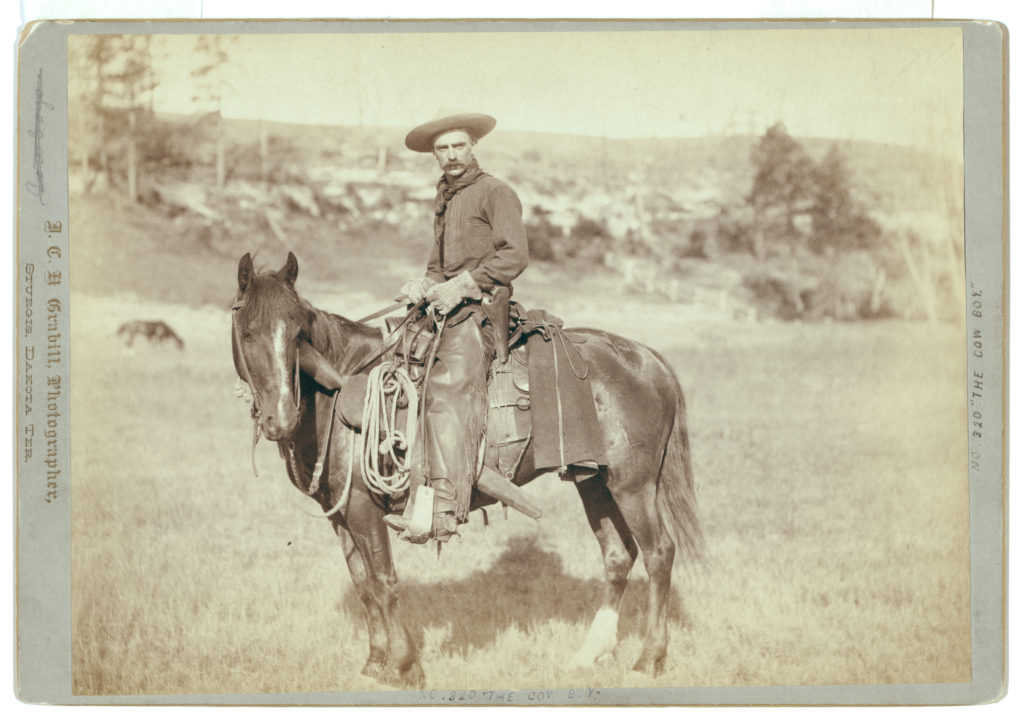Law and order in the Old West
by Ailsa Harvey · 27/09/2019
How sheriffs, bounty hunters and touring judges delivered justice to the western frontier
When we picture the Wild West, we immediately think of a scorched desert where cowboys, sheriffs and bandits shelter from the Sun in saloons with swinging doors. There they sit drinking whisky and eyeing each other suspiciously, their twitching fingers hovering by the revolver pistol strapped to their waist, all ready for a mass gunfight at a moment’s notice. So how accurate is this Hollywood depiction of the Old West?

"Money and violence ruled in the Wild West"
If the Second Amendment of the US Constitution — which describes the right of the people to bear arms — teaches us anything, it’s that American citizens spent a large period of their history without established law enforcement. This was
especially prevalent in the Old West, where the colonists were mostly left to take the law into their own hands, and their ability to play the role of judge, jury and executioner led to a unique and dangerous form of justice.
When colonists first endured the gruelling journey to the western regions and discovered the potential treasures to be had there, the new towns and settlements soon saw their numbers swell. A town originally populated purely by
prospectors and farmers swiftly became home to large numbers of new miners and traders. The rate of crime inevitably soared with the booming population and theft, saloon brawls and gunfights all became more common. In the absence of a structured law system many territory settlements passed judgements themselves and corruption was rife. It seemed that the rule and procedure of law also had to make the slow migration to the west coast.
Eventually, the more established colonies hired sheriffs and marshals to keep the peace. These men would lock up drunkards and aggressors and track down more notorious outlaws with the help of citizens. To attract these bounty hunters the lawmen used ‘Wanted’ posters, which promised a handsome reward for
a fugitive captured ‘dead or alive’. Famous outlaws were worth huge amounts — Jesse James, for example, was worth $5,000, which was a considerable sum for the time.
If taken alive, the captured parties were sometimes placed in front of touring judges that had come from neighbouring regions to deliver justice. These officials were quite different to the judges of today, preferring to hold court in an
informal fashion. Resting their feet on a desk, whittling and chewing tobacco were all acceptable behaviours for a presiding lawman. And the bizarre practices didn’t end there. On the western frontier, where money was scarce,
wealthy parties were often fined if convicted of a crime. And on at least one occasion the guilty party paid in warm clothing for the judge and marshal! Even more so than today, money and violence ruled in the Wild West.
This article was originally published in How It Works issue 104, written by James Horton
For more science and technology articles, pick up the latest copy of How It Works from all good retailers or from our website now. If you have a tablet or smartphone, you can also download the digital version onto your iOS or Android device. To make sure you never miss an issue of How It Works magazine, subscribe today!




